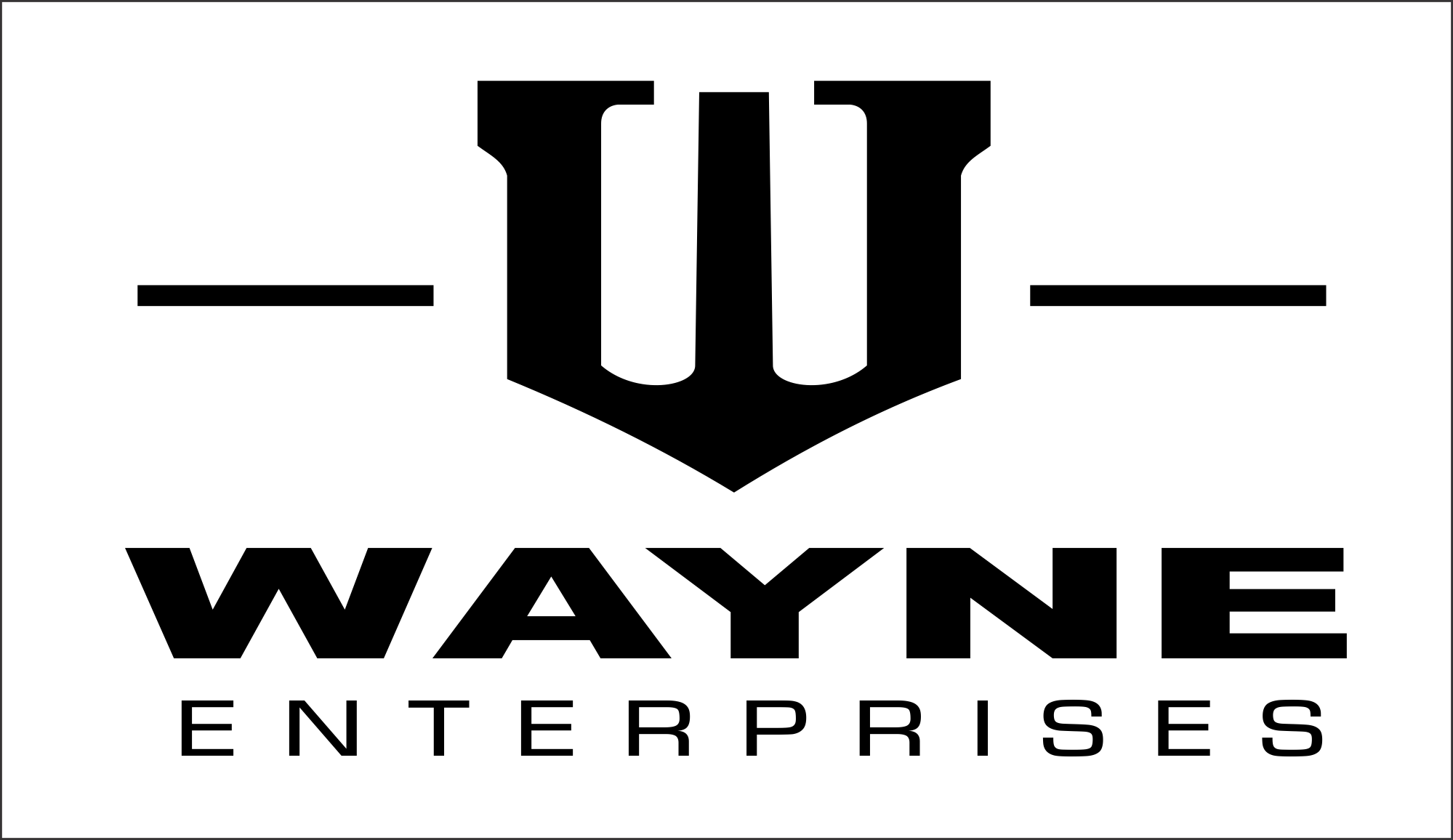Companies who manage to put AI capabilities into the hands of each and every business employee will be vastly successful in the marketplace. Enabling business employees to back up their decisions with data will dramatically increase staff productivity. At the same time, employees will feel empowered by their new ability to make much more informed decisions and automating certain tasks, based on intelligence derived from operations and market data that is now available to them.
WYSIWYG is Critical for AI Success
We all remember the days of WYSIWYG HTML editors where we were fascinated by the split-screen that instantly showed us the website resulting from our code. And then we could make changes to the visual design that were automatically translated into code again. And this is exactly what we need for AI and here is why:
Imagine you are making a decision during your day on the job. Whether you are senior management, mid-management, or just “someone who does the work” you are basing your decisions on beliefs that are based on training, skill, and experience. Let me give you an example of the first tool I would create with my WYSIWYG AI editor:
WYSIWYG Tool to Make Industry Analysts More Productive Every day
As an industry analyst, I want to create a tool that keeps me up to date on the topics that are important to my practice. Therefore, I want to point my WYSIWYG editor to the following data sources and teach the AI model to identify content that is relevant to my work tasks and decision making. I want to be able to connect to each source, decide which data fields I want to include, and then train the model based on my previous research topics, what content I am interested in. Of course, the model needs to also alert me if I’m missing a trend, if there’s a relevant acquisition, or if I should add a research project to my calendar, due to market demand. Then, when I’m working on a project, my AI model needs to dynamically create a “digest” that shows a consolidated view of all of the relevant content from the below sources that I should consider for my research:
-
-
- StackExchange and other tech forums: What are the overall hottest topics? Which topics are growing the fastest? These are questions that the AI needs to consider when helping me make decisions and providing me with context.
- End-user inquiries: Connect to OneNote and Outlook to automatically identify the top topics and common themes between customer inquiries. Determine how those have changed over time. Also evaluate data from colleagues to stay up to date on related disciplines.
- Existing EMA research data: The AI needs to present me with relevant data points that already exist in the EMA library so that I can optimally build on mine and my colleague's research.
- Social media discussions: Connect to Trendsmap.com to find out what people on Twitter and LinkedIn are talking about the most? What are they passionate about? What are the critical related topics?
- Financial metrics: Connect to the Yahoo Finances API to find out which companies have done the best in terms of their recent financial metrics?
- Conferences: How has the conference landscape changed over time? Where do most attendees go today?
- University research: Including cutting-edge university research is key for any analyst to anticipate what’s coming next.
- Vendor briefings: Again, the AI needs to retrieve common themes and the hottest topics from OneNote and match them up to user inquiries and social media discussions.
-
- Vendor monitoring: I want to always be informed of new startups entering the market and also of relevant press releases by existing vendors.
-
- Books: The AI needs to query Amazon for the latest books that cover my topics and send me the relevant extracts so that I can decide if I want to purchase this book or not.
- My research schedule: Based on all of the above, the AI needs to continuously monitor my research schedule and automatically “attach” the above content for consideration to my scheduled research projects.
Research alert: The AI also needs to tell me if there are topics in my area that are talked about in all of the above sources and suggest that I do a research project on these topics.




